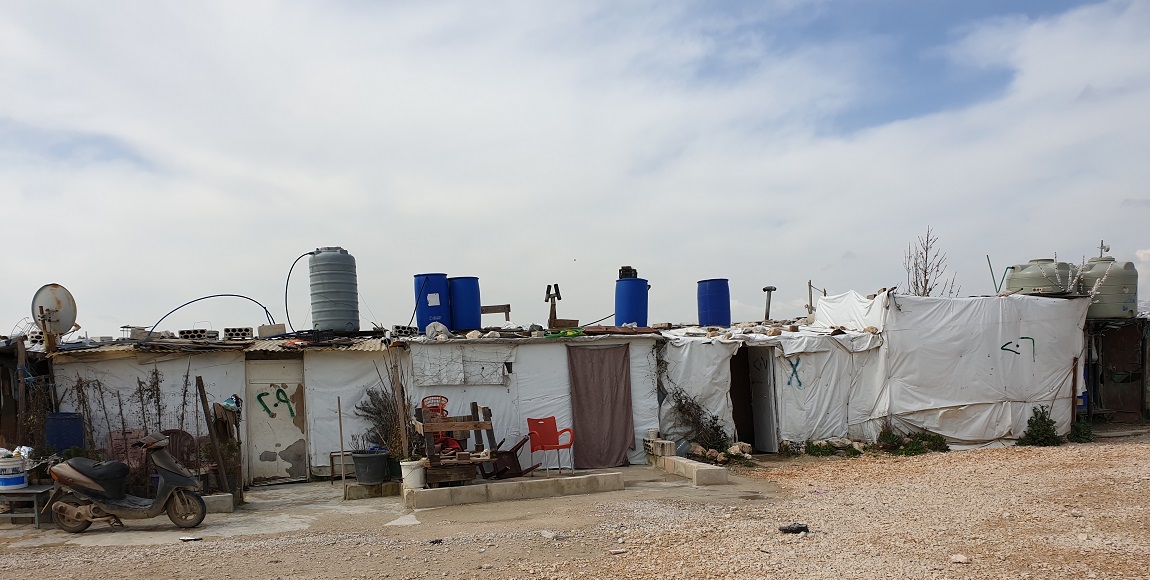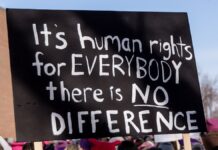The little country of Lebanon is sandwiched between Palestine and Syria. Both countries are plagued with turmoil. Since the Nakba in Palestine in 1948, and the Syrian Civil War in 2011, Palestinians and Syrians alike have taken refuge in Lebanon. Half of Lebanon’s population is made up of refugees. With humanitarian aid to Lebanon drying up, the situation for refugees is dire.
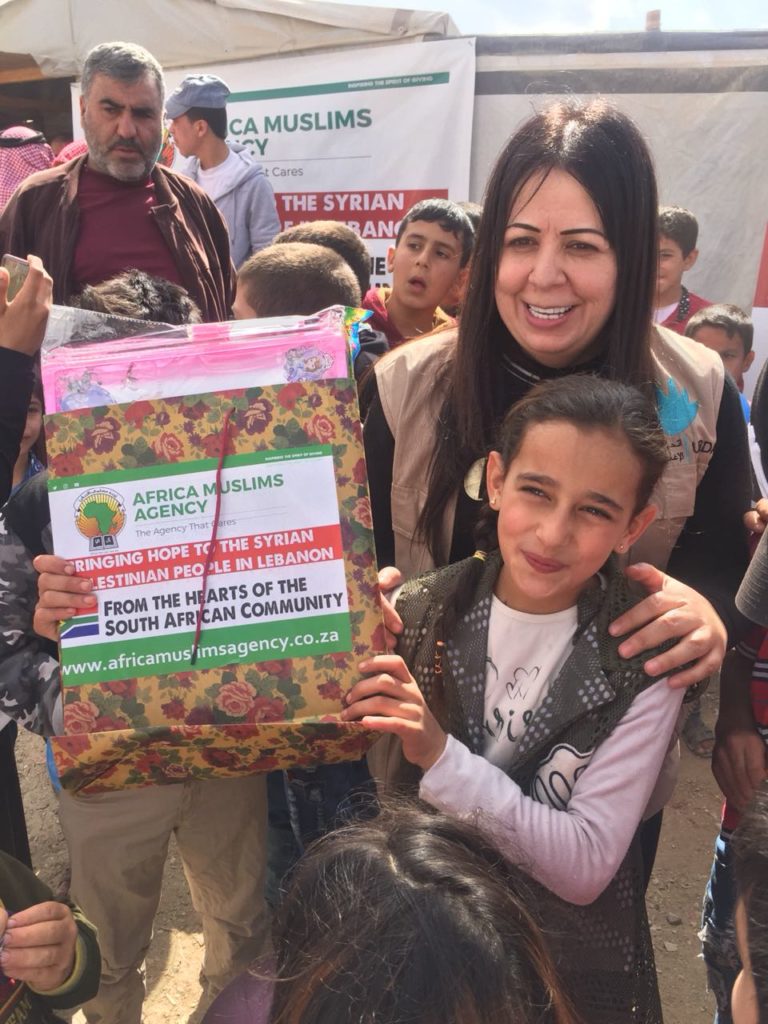
Jihan Kaisi has been doing humanitarian work for over 20 years in areas that are disadvantaged in Lebanon. Kaisi was introduced to the refugee crisis in her country during her final year studying journalism in university when she was assigned to write about Palestinian refugees. There she met a 13-year-old Palestinian girl called Hanaan, the eldest in a family of nine children, with a sick mother and no father. When Kaisi asked Hanaan what she ate, she replied: ‘Whenever we feel hungry, I collect my siblings and bring paper and start to draw. If we want to eat fried chicken or apples or anything we draw it and imagine ourselves eating it.’ The strong girl with simple dreams changed Kaisi’s life.
As the executive director of the Union of Relief and Development Associations (URDA), Kaisi deals directly with the refugee crisis in Lebanon. URDA is a partner organisation to the Africa Muslims Agency (AMA) based in South Africa. A South African delegation from the organisations visited Lebanon several times in 2018 and 2019 to assess the need for, and to distribute aid. In return Kaisi visited South Africa for a week in April to raise awareness of the plight of the refugees and drum up support and aid.
Syrian refugees in Lebanon live in tents
Most Syrian refugees live on the border between Lebanon and Syria, where they live in miserable conditions deprived of the essentials of life. “They have nothing: no food, no proper shelter, education, healthcare, nothing at all,” Kaisi said in an interview with The Daily Vox. Syrian refugees live in flimsy tents, vulnerable to harsh weather conditions. “For them the tent is a home because it’s everything they have. They lost their houses in Syria, their belongings, everything,” she said.
These people live in “destitute conditions”, Fahmida Suleman, who visited Lebanon with the South African AMA delegation, said. “We went after Storm Norma. It was spring but still freezing, there was still snow on the mountains. [The refugees] have little fire pits as heaters that use diesel. They can’t afford the diesel for these heaters so they still freeze. People who can afford it inhale fumes from the smoke which causes health issues. They don’t have money for healthcare,” Suleman said.
Suleman and the delegation went to assess the need but found that refugees need everything. “They can’t put food on the table, they still have to pay rent. But they’re not allowed to work there so how do they pay rent?” Suleman added.
Both Palestian and Syrian refugees are not allowed to work in many professions in Lebanon. At most, they can work as labourers even if they have a university degree, Kaisi explained. Movement is also restricted for refugees, who are confined to their camps.
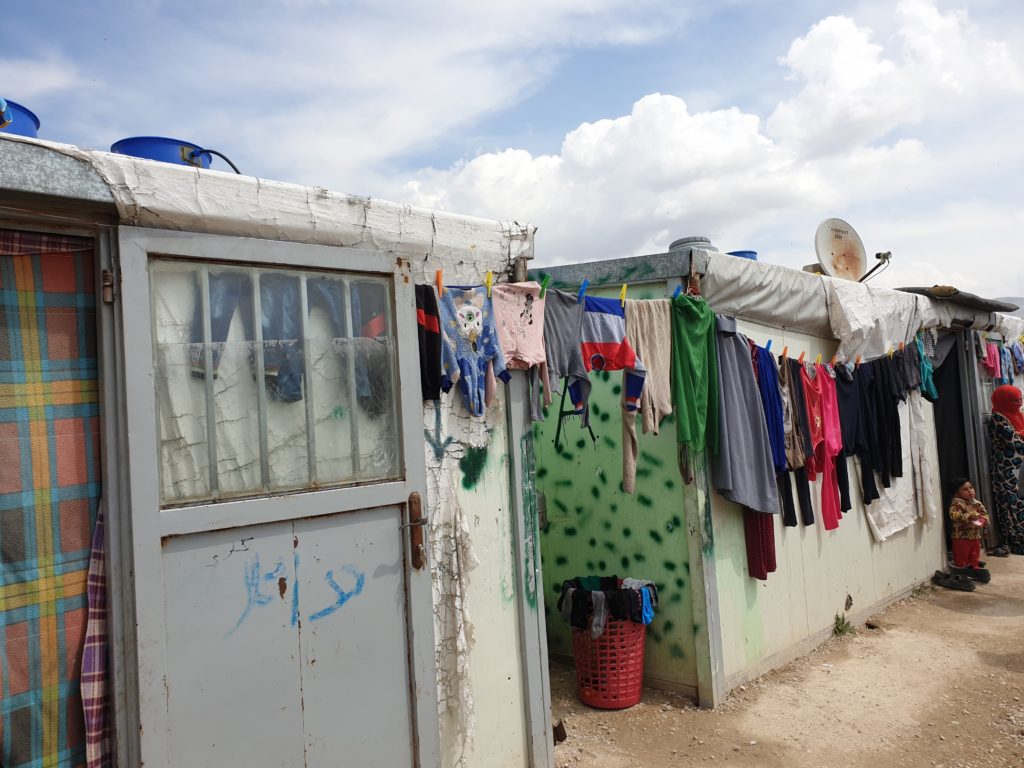
“The situation is really very hard,” Kaisi said. While Muslims around the globe eagerly anticipate the fasting month and spend weeks preparing for it, for refugees it’s like any other month. “In Lebanon the refugees are hungry. They fast on an empty stomach and don’t even have food to break their fast with,” Kaisi said.
“For the mothers, mainly widows, they watch their orphans crying because they don’t have food,” she said. Many women were widowed when their husbands died in the war and were forced to be “the man and woman of the house. They have to take care of her children with no means of income” she explained.
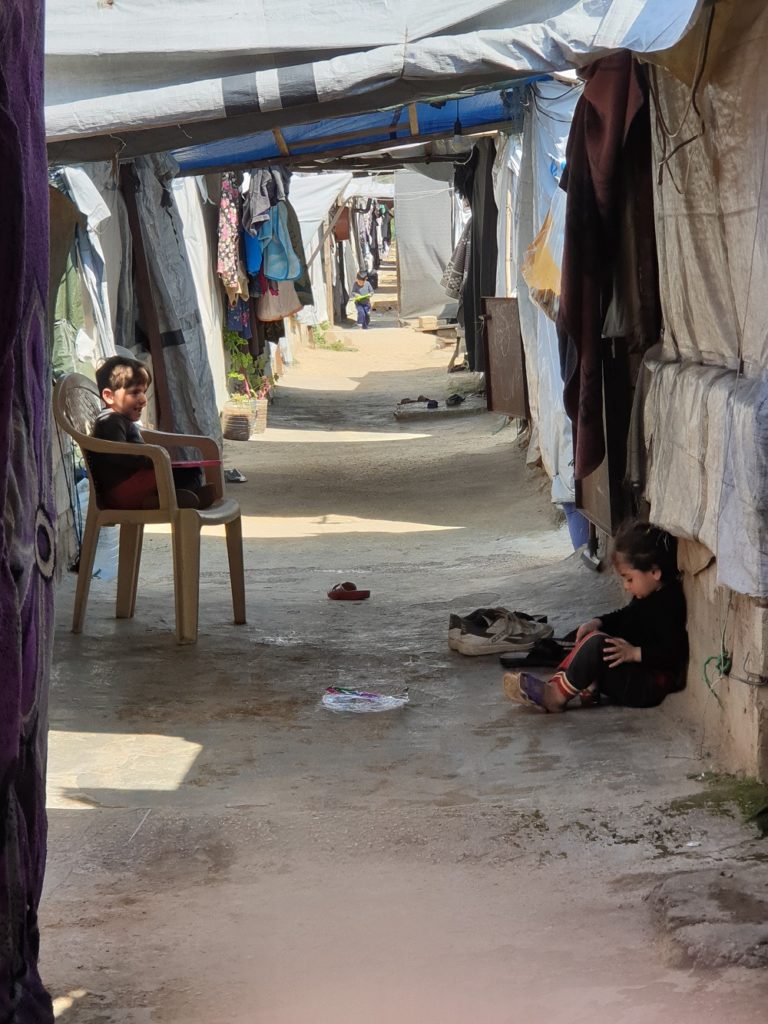
“They say there is peace for now in Syria,” Kaisi said. But this is not the case. Many refugees try to return home, only to return to Lebanon because home is not safe. “None of the refugees want to stay in Lebanon, they all want to go back home. They want to live in dignity in their own houses,” she said. Many of the Syrian refugees are not accustomed to begging and accepting charity because they come from privileged backgrounds. But now they have no choice.
Kaisi worries for the many Syrian children born into refugee camps. “They think the refugee camp is the world,” she said. Most of these children will form part of an illiterate, ignorant generation in Syria because they don’t have access to education. When they go back to their homeland once it’s safe, how will they lead Syria? Kaisi asks.
The situation is not much better for Palestinian refugees.
Palestinian refugees have been living in Lebanon for even longer
While Palestinian refugees don’t live in tents, they live in overcrowded rooms in what looks like a slum. Sabra and Shatila, the Palestinian camps, were meant to be a home for 3000 refugees, today it’s home to 22 000, Suleman said.
“They’re put in a small area and they’re not allowed to expand sideways, so they go upwards. The infrastructure of the buildings is weak so the chance of buildings crumbling is high. There’s no sunlight. If you look up, there’s wires everywhere and water falling as well. Chances of electrocution are high. Old people who live in buildings with broken steps can’t come out of their homes,” Suleman said.

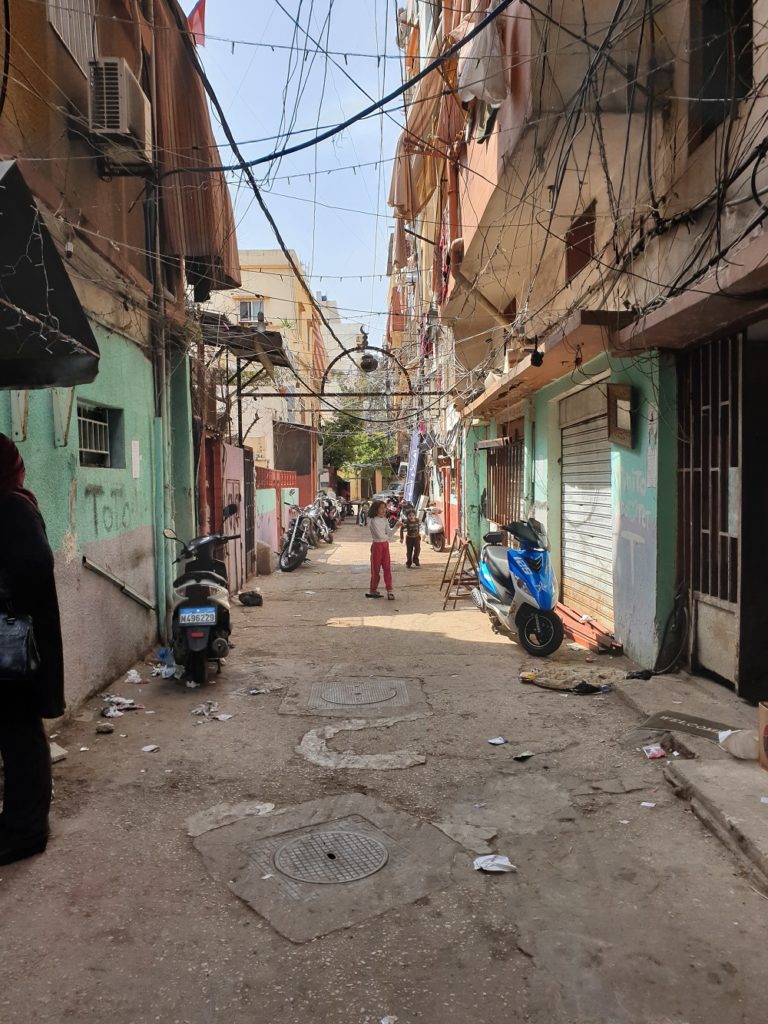
Palestinian refugee camps in Lebanon have to expand upwards because of the limited space available.
Palestinian refugees living in Lebanon since 1948 don’t have a Lebanese ID, even though many have been born in Lebanon. “They have a blue card that says ‘Palestinian refugee in Lebanon’,” Kaisi said. But there are humanitarian projects to assist refugees.
How the AMA is assisting refugees in Lebanon
“Over the past couple of years AMA has executed a number of projects in Lebanon to aid refugees,” Imraan Choonara, director of AMA, said. One of the projects is a tent reparation project. There are two types of tents in Lebanon: managed camps and unmanaged camps, Choonara explained. Unmanaged camps have no support and often don’t have clean, running water, and sewerage facilities. Refugees have to pay rent those tents. AMA rehabilitates the tents in unmanaged camps and makes them “liveable”, providing clean, running water and sewerage facilities.
There is also a bakery project that distributes bread to families and an orphan sponsorship project. The orphan sponsorship project pays for food, clothes, transport to school, and sometimes even pocket money for orphaned refugees. AMA helped fund a sewing project, an empowerment project, that teaches women to sew.
Another project AMA is working on is called Gripp3D, where the organisation sets up a laboratory in a camp to make robotic arms for those that lost limbs in war and conflict.
During Ramadan AMA is also accepting zakat (charity) for feeding in the camps. There’s a project where they are collecting clothing for Eid (religious holiday celebrated after Ramadan).
Suleman said those who had visited the camps before and after distributing aid were amazed at the difference it made. Agreeing with Suleman, Kaisi urges people to extend a hand saying, “If you offer help to those in need, you will find true happiness.”
To donate, visit the AMA website or call their offices on 011 834 8685.

